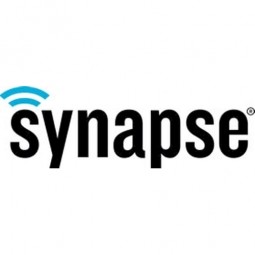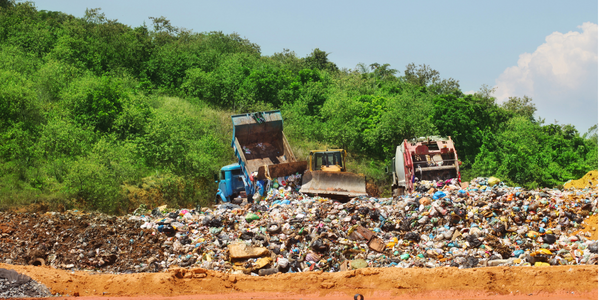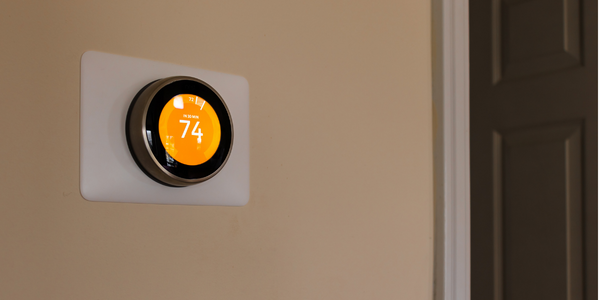Synapse Wireless

概述
|
总部
美国
|
成立年份
2008
|
公司类型
私营公司
|
收入
$10-100m
|
|
员工人数
51 - 200
|
网站
|
推特句柄
|
公司介绍
Synapse Wireless 专门提供软件、硬件和网络解决方案来开发、部署和管理物联网中的“事物”。它们使公司、产品公司和业务合作伙伴能够使他们的产品更智能并以无线方式管理产品。通过将“事物”的物理世界连接到物联网的数字世界,他们的客户可以以前所未有的方式和地点监控、控制、优化和管理他们的产品。 Synapse 提供了一个名为 SNAP 的嵌入式应用平台,它是一个用于安全可靠地开发、连接、控制和管理“事物”(设备和网关)网络的综合框架。 SNAP 可轻松与物联网云平台以及传统企业 IT 系统集成。 Synapse 成立于 2008 年,是美国最大的私营公司之一 McWane, Inc. 的子公司。该公司拥有 100 多名工程师、技术人员、销售和营销专业人士,涵盖开发和支持物联网解决方案所需的多个学科。 Synapse 位于阿拉巴马州的亨茨维尔,这里是美国主要的科学和工程中心,也是美国宇航局马歇尔太空飞行中心的所在地
物联网应用简介
Synapse Wireless 是应用基础设施与中间件, 功能应用, 网络与连接, 传感器, 和 基础设施即服务 (iaas)等工业物联网科技方面的供应商。同时致力于农业, 汽车, 建筑物, 城市与自治市, 设备与机械, 矿业, 和 运输等行业。
技术栈
Synapse Wireless的技术栈描绘了Synapse Wireless在应用基础设施与中间件, 功能应用, 网络与连接, 传感器, 和 基础设施即服务 (iaas)等物联网技术方面的实践。
-
设备层
-
边缘层
-
云层
-
应用层
-
配套技术
技术能力:
无
弱
中等
强

Supplier missing?
Start adding your own!
Register with your work email and create a new supplier profile for your business.
实例探究.

Case Study
Bicycle
PBSC Urban provides municipalities throughout the world a bicycles-for-lease and an accompanying fleet management system. To pull off that feat, PBSC Urban needed a way to easily transmit essential data from their bicycles to the various bike station kiosks located throughout the cities they serve.

Case Study
Improved Monitoring in Industrial Manufacturing Facility
When your crane is moving tons of magma-hot iron, you can’t afford an unexpected failure. McWane Ductile knew monitoring the crane motor metrics within their facility could help prevent a mechanical failure that would strand an enormous bucket of molten metal overhead. Unfortunately, their legacy wired monitoring system couldn’t work with moving objects in this extreme environment. If they could integrate wireless capabilities into their existing equipment they could extend their monitoring capabilities without starting over from scratch.

Case Study
Breaking Ground in Smart Agriculture
Semios Technologies decided to create a product that radically changes how orchard growers handle pest control. The key to the product is the use of new pesticide-free pheromones. To turn this idea into reality, they needed to create a system that could sense where the pests were breeding and automatically dispense the pheromone-based pest control in response. Semios realized their largest challenge would be getting a system that worked in an environment with no dedicated power and where wireless signals needed to travel through the hundreds of acres of dense foliage. That is where SNAP-based technology from Synapse provided the answer.

Case Study
Smart Traps
Well known for their mouse and rat traps, Victor pest control constantly attempts to use new technology to create better products for their customers. Seeing an opportunity to improve their product offering, the product developers at Victor decided to create an intelligent mousetrap that lets users know that it caught a mouse—thus preventing the user from having to check the trap every day. In order to make this happen, Victor needed a way to send signals from battery-powered traps to an email or cellphone. Because the traps run on batteries, Victor would need something low-powered but could still send a strong signal inside a building.
Case Study
Tracking Vehicles in a Snap
Fiat Chrysler Automobile needed to keep track of their powered industrial vehicles (PIVs) throughout the 560 acres of the Chrysler Technology Center and World Headquarters. The Chrysler facilities team wanted an easy way to know where all of the PIVS were located at any given time. The team had been encountering issues with the PIVs rented to third-parties not being returned to the designated areas promptly, so they wanted an asset tracking system to help them find the missing PIVs. Unfortunately, all of the commercial systems they looked at would cost nearly a million dollars. The facilities team needed a more cost-effective way to track the PIVs. So they decided to create their own.

Case Study
Making Landfills Safer
While we not often think about it, the breakdown of matter in landfills potential produces methane and hydrogen sulfide gases. These gases present a risk of explosion (as they are both flammable) and hydrogen sulfide serves as a health hazard—potentially causing death if breathed in massive doses. Given the volatility of these two by-products of landfills, many local governments seek out better ways to monitor the potential production of these gases in their landfills. Moreover, seeing the needs of these local governments, Plexus Controls, a Canadian-owned designer and manufacturer of wireless monitoring and control products, decided to create a product for monitoring methane and hydrogen sulfide gases for landfills.

Case Study
Re-Inventing Food Safety
Sigma Industrial Automation formerly specialized in creating weights and scales for the food industry when they realized their customers were doing the majority of their measurements by hand. Seeing an opportunity to expand their product offering and improve their customers’ experience, Sigma team members decided to explore the creation of wireless equipment that could send measurements to a computer. Sigma just needed a way to make a product that met their customers’ needs—and a way to do it fast.

Case Study
Smart Technology Brings the Heat to Optimize Steam Heating Systems
Industrial facilities, municipalities, hospitals and universities nationwide depend upon steam carried through pipes to heat their buildings. Unfortunately, the reliability of steam systems also leads to them being forgotten or poorly maintained until it’s too late, resulting in uninsulated distribution components and faulty steam traps (leaks) that can lose hundreds or even thousands of dollars a day in wasted energy. That’s why Embedded Energy Technology (EET) teamed up with Thermaxx Jackets to create a next-generation solution for steam pipe insulation. They wanted to develop a product that not only insulated pipes, but also used technology monitor the system for leaks and heat loss. Ideally this solution would install in minutes, have no wires, and avoid the need for costly construction.

Case Study
ULINE's Smart Lighting Solution: Enhancing Efficiency and Impacting Bottom Line
Uline, a leading distributor of shipping and packaging solutions in North America, was facing a challenge with its lighting system. The company, known for its customer service, order accuracy, quick delivery, and low prices, needed its facilities to operate at peak efficiency. This included the 3,014 lights in its 800,000 square foot facility in Lacey, Washington. The company's Director of Engineering, Mike McConnell, was tasked with finding efficiency in every corner of the facility, including optimizing light to improve both operational and financial performance. The company had identified a luminaire that fit their needs, but struggled to find a reliable lighting controls provider that could deliver a solution at this scale to meet stringent energy codes and zoning requirements. The lights in the entire facility had to operate as a single system with one interface, adjust to natural lights from the skylights for daylight harvesting, and work with Uline’s existing IT systems. Other providers offered a mix of wired and wireless systems that were complex, hard to install and maintain, and couldn't scale to meet the size of the facility.



